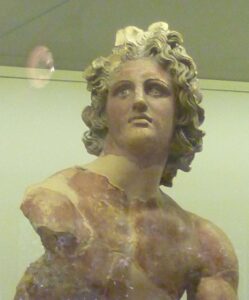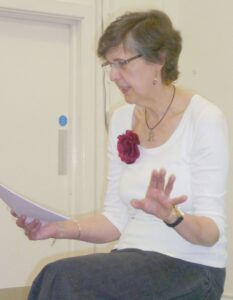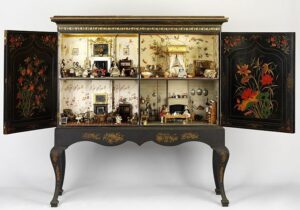On 10th May, I put up a post about my lockdown project of getting my Elizabeth Hawksley historical novels into e-books. Now, ten weeks later, the first book, Highland Summer is almost ready and it’s been a steep, not to say precipitous, learning curve. However, thanks to computer wizard John Hocking, and his wife Janet Gover, another computer wizard, both brilliant at explaining things, we are at last getting there.

Elizabeth looking apprehensive but trying not to show it. Photo by Sally Greenhill
Continue reading Elizabeth Hawksley e-books: Looking Good to Go
Please share this page...








